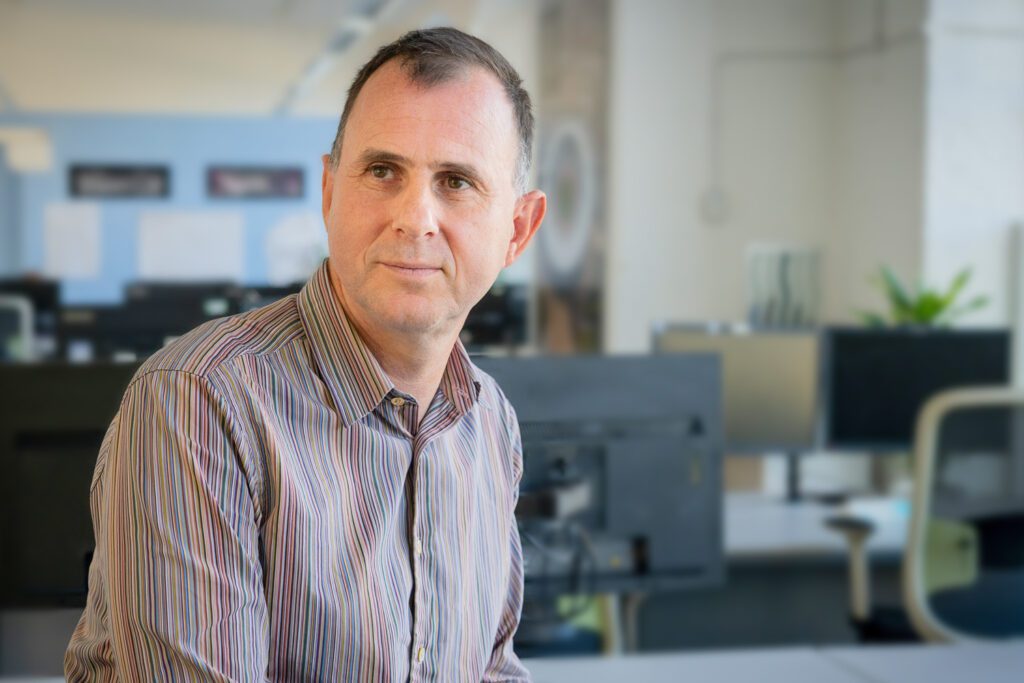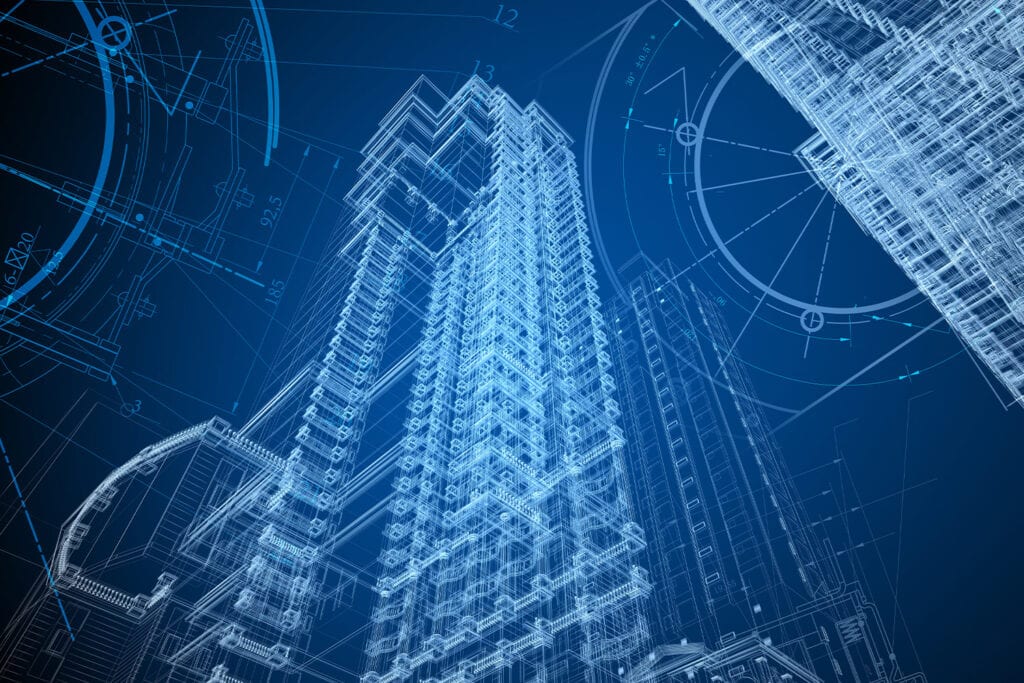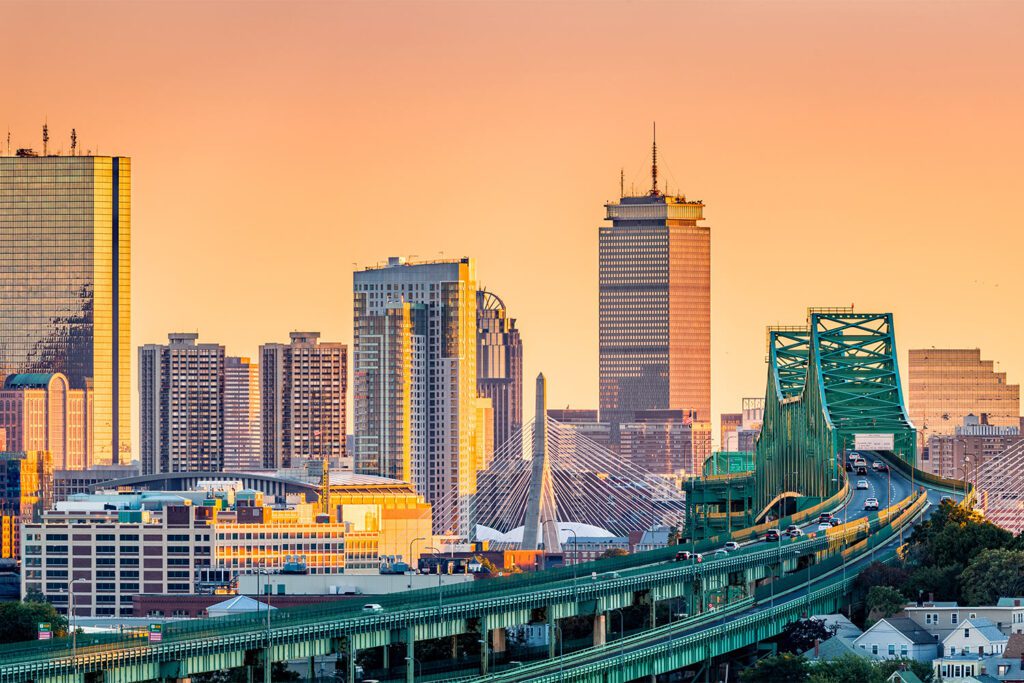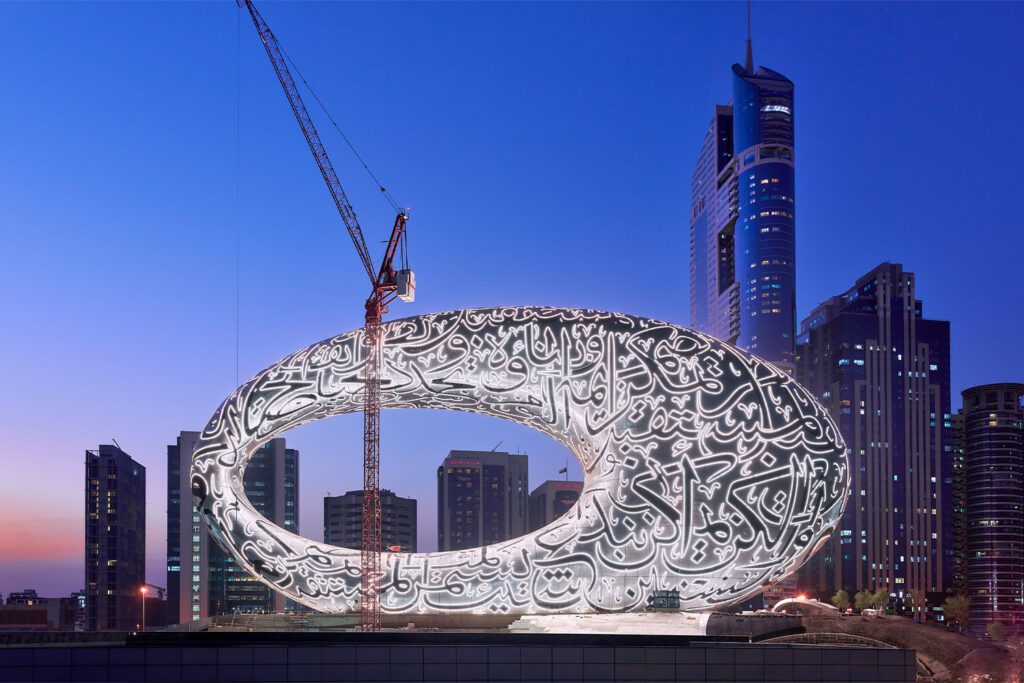What will the future hold for technology in our buildings?
The last decade has seen a dramatic acceleration of the smart technologies we install within buildings and the rise in more intelligent digital systems for designing our built environment.
We are seeing significant shifts in the tech landscape, from the development of cheaper, more effective sensors and the emergence of an Internet of Things (IoT) integration in our domestic and working environments, to increasingly sophisticated data interrogation tools. These tools are transforming our capacity to analyse everything from energy systems to transport networks to “people flow” and the behaviour of a crowd.
But with so much talk around “the next big thing”, it’s becoming increasingly difficult for many in the industry to filter the truly transformational emerging technologies from the mere buzzwords.
Jack Treble, head of technology at Buro Happold, is focused on driving forward research and development in digital technology within the built environment to offer clients maximum value.
“There’s so much buzz around technology,” he says. “I often feel my role is a sort of translator [of buzzwords]. It’s about cutting through the hype and jargon to something of clear value that clients can realise.”
He says the key enablers for technological transformation in the built environment are the availability of technology and the cost.
“But also, developing the digital understanding and skills is critical,” he adds. “Children are now being taught coding as standard in schools and, for good or bad, are in constant contact with technologies, so the generation coming through will be far more advanced than we are when it comes to tech. That means it won’t just be about what technology we have in our built environment, but the fact that everybody will have the capability to do more with it.”
There’s so much buzz around technology, I often feel my role is a sort of translator [of buzzwords].
Jack Treble, head of technology
Data drive
Moore’s Law refers to Gordon Moore’s idea that the number of transistors on a microchip doubles every two years, though the cost of computers is halved. This sense of exponential growth also applies to technology in the built environment, particularly as sensors increasingly gather copious volumes of data about behaviour and performance related to buildings.
Treble says that as this technological transformation wave continues to build, the importance of good data interrogation will become ever more critical.
“There’s risk of ‘data, data everywhere, but not a drop to think’,” Treble says. “It’s overwhelming. It means that the capacity to be able to interrogate data impactfully is critical, otherwise we’re all just sitting on a sea of pointless data. There is, after all, a massive carbon impact of storing data. If we’re going to gather data, we must use it for something beneficial.”

Rising technologies
Treble says that the focus now is on “smart-everything”.
“Whether it’s Smart buildings, Smart cities of whatever scale,” he says. “Digital twin is another big concept of the moment. It’s evolved from the manufacturing industry. But rather than a digital representation of the product lifecycle, it’s a digital representation of our built environment lifecycle. We’ve already moved that thinking to digital twinning of ourselves. This of course isn’t limited to representing ourselves in a virtual world with avatars but has already extended to health data, behavioural data etc. There’s huge application potential – and risk.”
“The important thing is to consider our built and digital environments in terms of experience and not just having technology for technology’s sake,” he adds. “We must always think about who is going to engage in this environment, how they are going to engage in it and how technology might help them do that. That should drive where you invest technology into the design.”
“That said, there must always be a privacy and choice filter,” he adds. “It might make efficiency sense to adjust the heating based on your watch’s body temperature sensor or whether the windows are open but not if you’ve just got back from a run and are planning on sitting down for a couple of hours. Nor might you want anyone to know your behavioural patterns.”
Six projects where built environment technologies made a big difference
1. Louvre Abu Dhabi
Louvre Abu Dhabi is the jewel in the crown of Saadiyat Island, the city’s new cultural district. Designed as a ‘museum city’, the contemporary 58,000m2 art and exhibition centre boasts a myriad of gallery spaces clustered beneath a shallow domed canopy, creating an expansive yet intimate space in which visitors can meander and mingle at their leisure.
A multidisciplinary team from Buro Happold worked across a vast range of disciplines on the project, from structural to water engineering. But there were also numerous key technology elements from complete wireless connectivity throughout to a context aware digital museum guide solution.

A particular innovation for the time came from the compartmentalised fire strategy that required the ability to hold people within safe galleries in the event of a fire in another part of the building. Consequently, it was necessary to understand how many people were in each gallery at any given time. We explored a range of different technology options, developing a sophisticated solution that involved a combination of tracking mobile device signals, correlated with live data from thermal imaging cameras.
Not only did this support the fire strategy but our approach could also be used to enhance the museographical experience, by building a detailed understanding of which exhibits were being visited, for how long and by whom, and the operational efficiency through understanding of building occupation
2. Tottenham Hotspur Football Club
This project saw Tottenham Hotspur Football Club’s stadium at White Hart Lane replaced by a world class UEFA/FIFA compliant arena. Buro Happold provided multidisciplinary services from concept through to completion.
Our technology services helped this football club transform into a global sports and entertainment business.
Project highlights from our technology services included designing an extensive and converged digital campus infrastructure supporting more than 40 digital technology packages and multiple operational modes. A multi-functional suite of control rooms was incorporated, used for safety, security, and building management through to catering operations and social media analytics.
The project saw the integration of Europe’s first permanent infrastructure for flying Steadicam – adding significant broadcast value. We also tailored managed service products for hospitality guests and tenants, providing additional revenue stream potential
As part of our BMS design, integrated innovative control routines to optimise free cooling, optimise comfort for staff and visitors, and minimise energy through automated fault detection alarms.
3. Msheireb Downtown Doha redevelopment
Situated in the heart of Doha, Qatar’s capital and economic powerhouse, the Msheireb Downtown Doha redevelopment encompassed 600,000m2 and represented the royal family’s vision for their city. The Buro Happold team provided integrated engineering consultancy throughout phases 2 and 3 of this project, which supported the design and construction of hotels, a retail galleria, a mosque, and extensive commercial and residential accommodation.
We provided consultancy and design services throughout phases 2 and 3 of this project, comprising hotels, a retail galleria, a mosque, and extensive commercial and residential accommodation. The smart district strategy was based on the client’s vision of providing flexible and state-of-the-art digital services to a mixed tenant and visitor demographic.
We designed and delivered an extensive converged digital infrastructure that fed every building and unit from a superblock network. Each building use case required multiple deployment options, to suit both the anticipated customer need and capability of the client as an operator, and the maturity of the technology markets.
The digital infrastructure supported a range of connectivity solutions, from full WiFi and mobile coverage, to a district network that supported integrated security, smart building and smart home solutions that could be easily upgraded and either sold as a service to the incoming tenants or used to attract new tenants as part of their lease agreements.
4. EQ
Designed to provide the optimum blend of innovative, flexible workspace and employee wellbeing, the EQ development sets a new standard for office development in Bristol and the South West. Over eight storeys and 20,000m², this striking glass building provides high-quality office space and additional amenities that include a 50-seat auditorium, and a rooftop restaurant and terrace with magnificent views over the city.

To deliver workspaces that really stand apart from others, Buro Happold was also asked to create a truly smart building, with integrated systems and leading-edge technology. A building app will work alongside the technologies embedded within EQ. We developed multiple ways to integrate these electronic systems and link them through the app, so users can truly interact with the spaces they inhabit.
5. Tun Razak Exchange (TRX City)
The TRX City development saw the creation of a commercial centre to attract leading financial institutions to Kuala Lumpur. This 75-hectare mixed-use development aimed to set new standards for sustainable, future-focused smart city districts. Buro Happold worked on a broad range of disciplines across the design and delivery, including people flow modelling, digital infrastructure, digital services and security design.
The customer experience is enhanced by digital signage that provides advertising, real time information on transport options, assists in crowd-flow management in emergency situations, and complements entertainment events. It will also be in place ready for a time when individually tailored content becomes a reality.
The effectiveness of security systems is increased by biometric sensors and real time video analytic software that can automatically identify suspicious patterns of behaviour. Utility system sensors linked to smart meters inform operator actions to increase capacity or actively manage demand. Technology-enabled waste bins prevent overflowing rubbish, and drive up the efficiency of waste management services.
6. Middlesex University Smart Campus
Middlesex University is looking to the future – imagining how smart campus technologies could help the institution to improve the daily experiences of its students. The university engaged experts from Buro Happold to help it define its vision for a digitally-connected future and to scope-out how smart technologies could be most impactful for campus life.
We worked with stakeholders across the organisation in a series of workshops, to help them to understand the possibilities and to shape a brief for a future smart campus. We collated the proposed initiatives, ranking their importance based on stakeholder feedback and created a route map for the university’s digital evolution.





